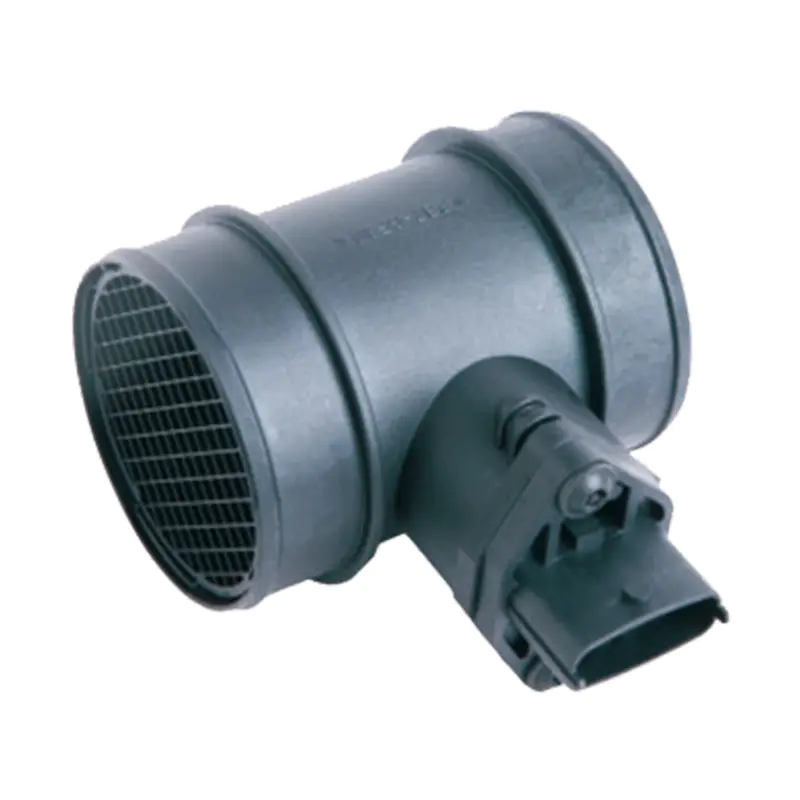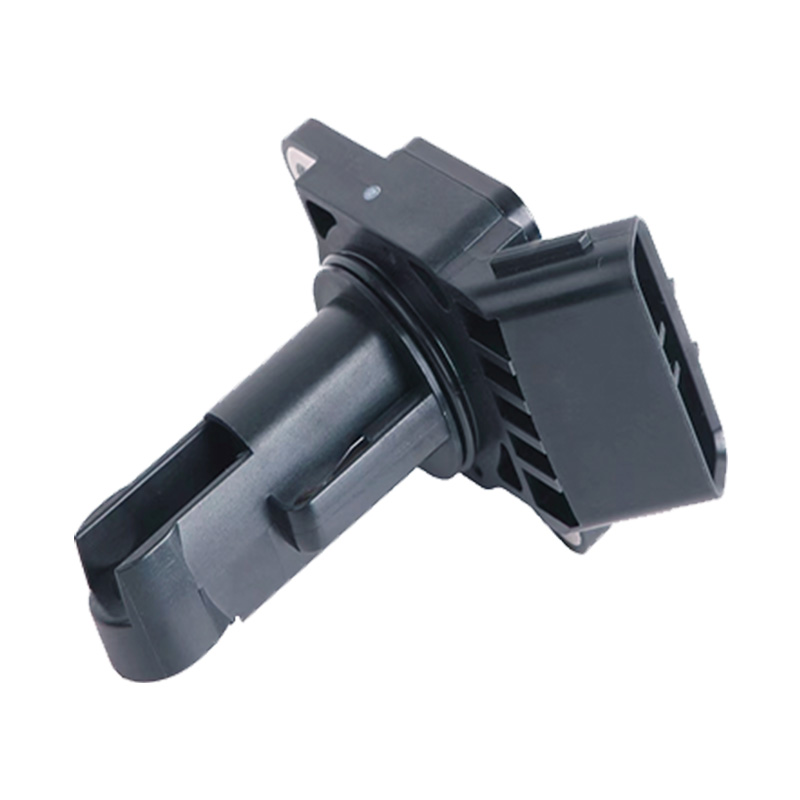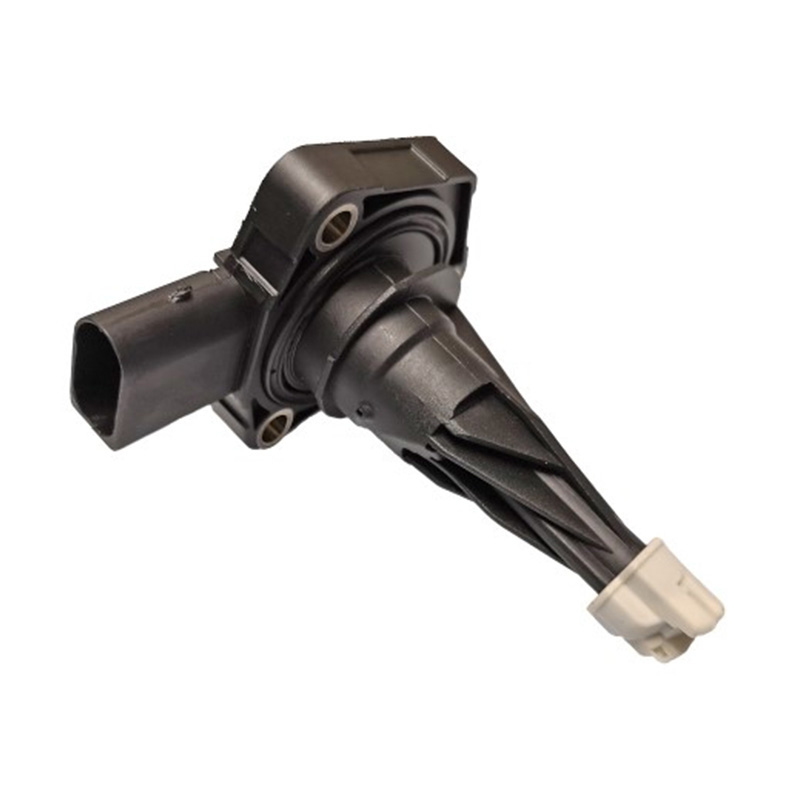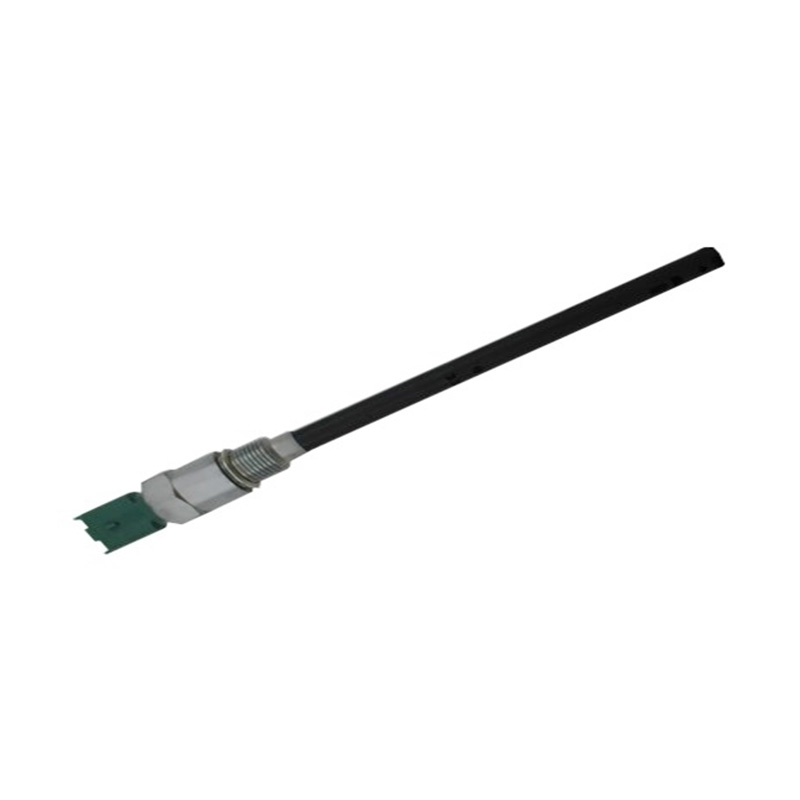OEM.NO: 0281 002 180
See DetailsHow Digital Air Flow Sensors Work in Engines and HVAC Systems
HVAC systems, and industrial applications, digital air flow sensors play a crucial role in monitoring and controlling airflow. Unlike traditional analog sensors, digital air flow sensors provide precise and consistent electronic signals that allow systems to operate efficiently, reduce energy waste, and maintain good performance.
What Is a Digital Air Flow Sensor?
A digital air flow sensor is a device that measures the flow of air and converts it into a digital electronic signal. This information is used by engine control units (ECUs), building management systems, or industrial process controllers to regulate airflow, fuel injection, or system ventilation.
In engines, these sensors are critical for calculating the correct air-to-fuel ratio, which improves combustion efficiency and reduces emissions. In HVAC and industrial systems, digital sensors help maintain consistent airflow, balance ventilation, and optimize energy usage.
Key Features of Digital Air Flow Sensors
Digital air flow sensors offer several advantages compared to traditional analog sensors:
1. High Accuracy: Digital output ensures precise airflow measurement, even in fluctuating temperature or pressure conditions.
2. Fast Response Time: Rapid detection of airflow changes allows real-time adjustments in engines or ventilation systems.
3. Noise Reduction: Digital signals are less prone to electrical interference, providing reliable readings in industrial or automotive environments.
4. Multiple Measurement Modes: Some sensors can measure mass flow, volumetric flow, or differential pressure, depending on system requirements.
5. Compact Design: Digital sensors are often lightweight and compact, making them suitable for tight spaces and retrofitting in existing systems.
Types of Digital Air Flow Sensors
Digital air flow sensors can be categorized based on their measurement principle:
Hot Wire Digital Sensors: Measure airflow by monitoring the cooling effect on a heated element and converting it into a digital signal.
Vane or Flap Digital Sensors: Measure airflow volume by the displacement of a spring-loaded vane, with digital encoding of the position.
Differential Pressure Digital Sensors: Calculate airflow by measuring pressure differences across a constriction, providing a digital output for control systems.
Mass Air Flow (MAF) Digital Sensors: Calculate the mass of air entering the system and output the data digitally to the ECU or monitoring system.
Applications of Digital Air Flow Sensors
Automotive Systems:
Digital air flow sensors are widely used in modern engines to ensure accurate fuel injection, optimize combustion, and reduce emissions. They support turbocharged engines, monitor air intake performance, and provide real-time feedback for engine diagnostics.
HVAC Systems:
In heating, ventilation, and air conditioning systems, digital air flow sensors maintain consistent airflow across ducts, control fan speed, and detect obstructions. They are essential for energy-efficient building management and indoor air quality monitoring.
Industrial Processes:
Digital airflow measurement ensures proper operation of chemical processes, cleanrooms, and manufacturing lines. Sensors monitor airflow rates, detect leaks, and help maintain regulatory compliance.
Maintenance and Good Practices
Digital air flow sensors require routine maintenance to maintain accuracy and reliability:
Cleaning: Keep the sensor free of dust, oil, and debris. Contamination can affect measurement precision.
Inspection: Check electrical connections, wiring, and sensor mounts regularly. Loose or corroded connections can disrupt signal transmission.
Calibration: Periodic calibration ensures accurate digital output and maintains system performance.
Replacement: Replace sensors showing signs of malfunction, such as inconsistent readings, engine performance issues, or airflow discrepancies in HVAC systems.
Benefits of Using Digital Air Flow Sensors
Precision: Digital signals provide accurate measurements for better system control.
Efficiency: Helps reduce fuel consumption in engines and energy usage in ventilation systems.
Reliability: Less affected by electrical interference or signal degradation.
Diagnostic Support: Provides real-time data for monitoring, troubleshooting, and optimizing systems.
Durability: Designed to withstand temperature fluctuations, vibration, and humidity, ensuring long-term operation.
A digital air flow sensor is a vital component for modern engines, HVAC systems, and industrial applications. By providing accurate, fast, and reliable airflow measurements, these sensors enable efficient system operation, energy savings, and improved performance. Regular cleaning, inspection, calibration, and timely replacement ensure that digital air flow sensors maintain their precision and contribute to the longevity and effectiveness of the systems they serve.





